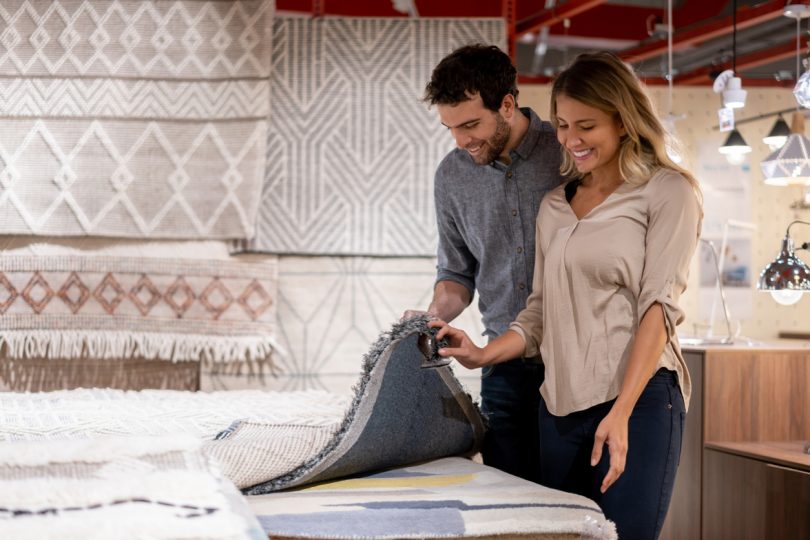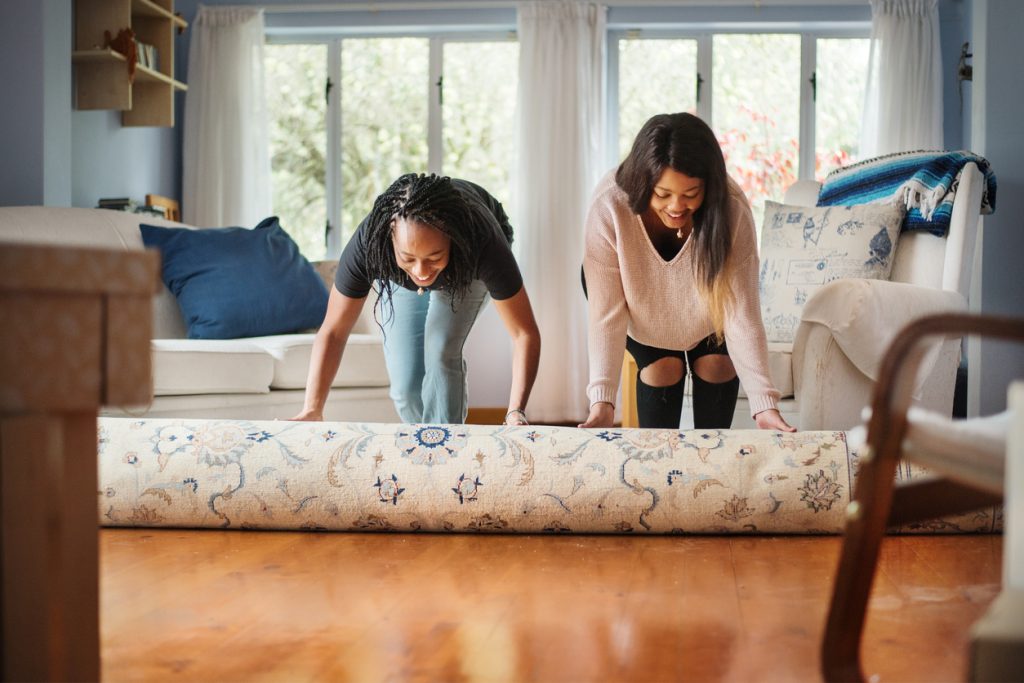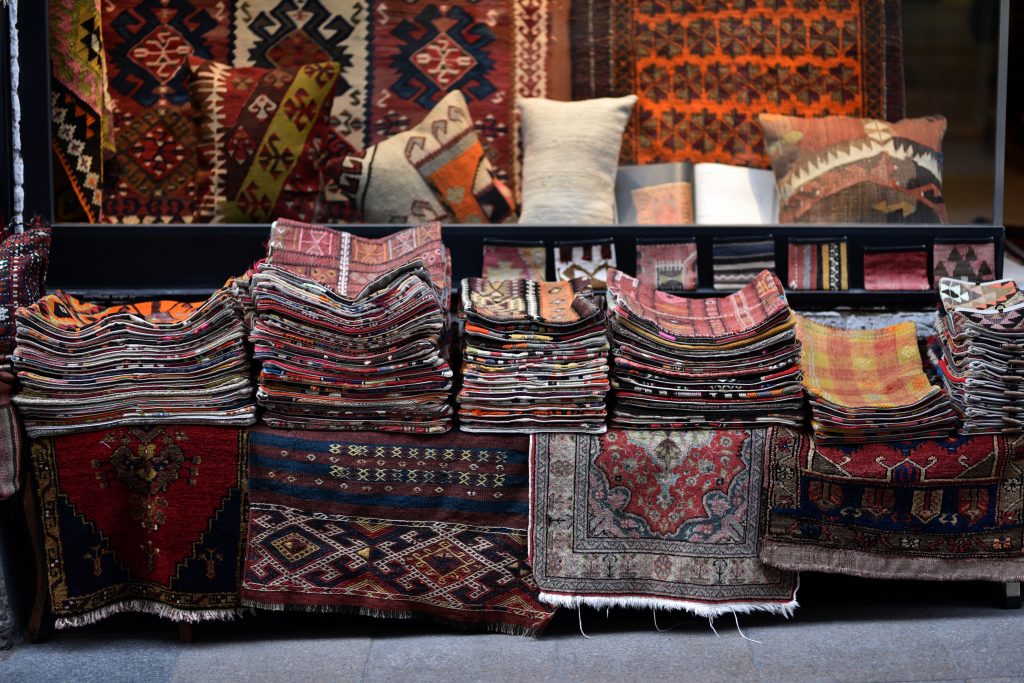Advertorial
Rugs are a great way to completely change the aesthetic of a room. They can improve a room originally lacking in style by giving it the extra pop and cohesion to pull the whole decor together. Rugs are a great addition to pretty much any room. But depending on your personal preferences, there are a few key things to consider when finding the perfect rug for you.
Location, Size, and Shape
When buying a new rug, you’ll want to first answer 3 questions. Where is this rug going to go? Should I consider the shape of the room or the rug itself? And what size rug would be best? Let’s take a quick look at each one:
Rug Location
First and foremost, you’ll want to choose where in your home your new rug will be located. Ultimately it’s personal preference, but here’s a quick overview for what works for most people:
- Living Room – Wool rugs are many people’s go-to for the living room since they can withstand foot traffic very well. Make sure not to buy a rug too small so go for the larger option when in doubt.
- Bedroom – More luxury rugs made of silk are popular for the bedroom since it’s a place of comfort. Remember, most people are more likely to be barefoot at some point in the day so a soft surface for your feet will be absolutely appreciated.
- Dining Room – Consider a thicker rug since the dining table will most likely be used daily. With that said, it’s recommended to choose a rug that’s actually larger than your dining table. The added size will give a more tailored layout.
- Kitchen – Accidents happen! Avoid rugs that trap dirt and food spills. Also, a perfect opportunity to use a rug pad to prevent slipping (more on that below).
- Outdoors – Weatherproof rugs should be a high priority. Synthetic rugs are the most popular for the patio since they usually maintain their color despite sun and weather. Avoid placing Jute rugs outdoor if possible since mold may accumulate over time.
Rug Size
The next thing to consider is the size of the rug. You’ll want the rug to scale with the room. If, for instance, your living room is a smaller room, you aren’t going to want a huge rug that overwhelms it. If you are putting the rug under a piece of furniture, size comes into play as well.
Let’s say you are putting a rug underneath your bed. For example, if your bed is 6′ X 5′, you won’t want a 4′ X 4′ rug because it will disappear underneath the bed. Get something a little larger than the piece of furniture, so the rug is visible and able to be enjoyed.
Rug Shape
Lastly, consider the shape of the rug. If the room is square, a square-shaped rug will fit in well. However, if your room is rectangular, a square or circle rug may look out of place depending on where it’s located.
The key factor is finding a shape that contains the major pieces of furniture you’re interested in. Choosing a long rectangular rug that goes underneath your long rectangular dining table would give a more thoughtful design as opposed to an oval-shaped rug.
If nothing is going to be on top of your rug, the shape of the room would be a more deciding factor. For example, a long rectangular rug would be a fantastic accent piece in your hallway.
Material and Style
When it comes to the material your rug is made of, it can make quite a difference in how it feels under your feet. If you are getting a rug that is mostly just going to be sitting under something, like a table, this may not matter as much. However, if you are going to be regularly walking on the rug, the material matters.
The most common materials used in rugs are: wool, silk, cotton, natural fiber, animal skins, and synthetics.
Each material has its pros and cons. Some will be softer, like cotton or silk, while others will be more durable, like wool or natural fiber rugs. Consider whether you are more concerned about how it feels or how long it will last.
You will also want to think about how the material will look in the room you are placing the rug in. For example, if you are getting a rug for under your dining room table, you will want to get something that you can clean easily. Otherwise, it runs the risk of being covered in stains and looking unsightly. Also, a silk rug isn’t going to look right in a children’s room full of plastic toys. Rugs are great for improving aesthetics, but you want to make sure the rug will fit the style of the room.
Cleaning and Maintaining
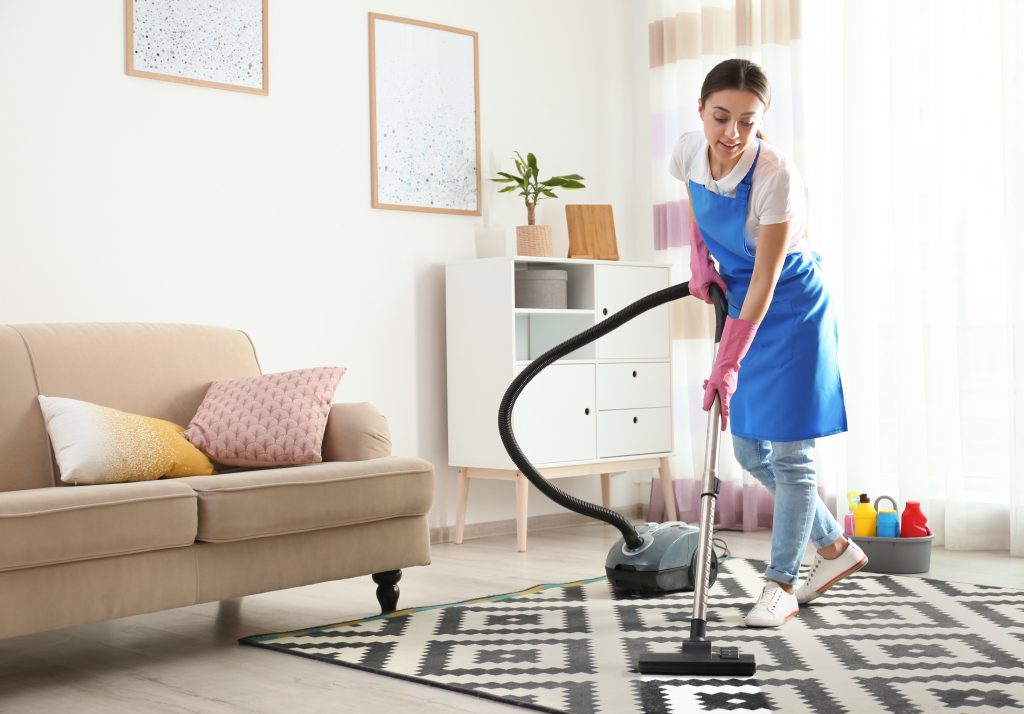
Another consideration when buying a rug is how difficult it is to clean and maintain. If your rug is going to be in a high-traffic area, there is a good chance it will end up dirty fairly frequently. For example, a rug in the dining room or kitchen will end up with food on it. If this is the case, you want to find a rug that is fairly easy to clean. Rugs not cleaned regularly become unsightly and grow bacteria. Make sure you have a way to keep your rugs clean.
The top five types of rugs that are easy to clean are:
- Wool – Very durable material that is good at repelling stains. However, it is not as water-resistant as some other types of rugs.
- Polypropylene – Durable and soft and can be spot cleaned and vacuumed. They are also water and stain-resistant.
- Jute – Made from natural fibers and can be vacuumed and spot cleaned. Make sure to keep them dry, however, as they are not water or mildew resistant.
- Cotton – Less durable but very soft and can just be thrown in the washing machine to be cleaned. Hang it up to dry rather than putting it in the dryer.
- Seagrass – Also made from natural fibers, which make them very durable. Spot-cleaning and vacuuming this rug regularly will keep it clean.
Rug Pads
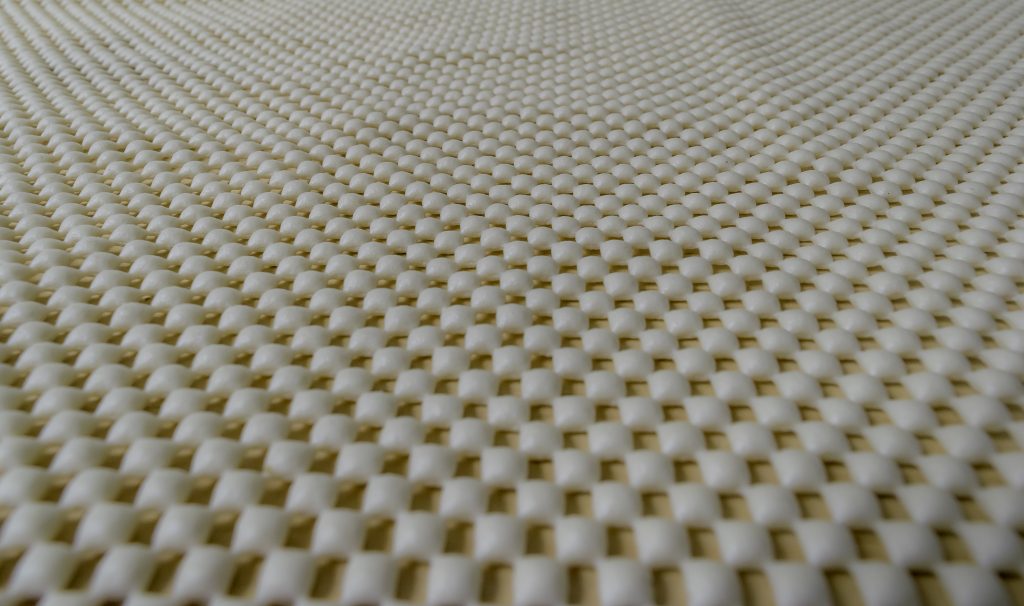
If you’re buying a rug, you may be questioning whether you need a rug pad. For most people, they’re incredibly useful! If you aren’t familiar, a rug pad is a piece of material that goes between your rug and the floor. This might seem unnecessary, but there are actually several reasons a rug pad is important:
- Minimize Floor Wear – A rug pad will help protect your floor. Over time dirt and debris will accumulate under the rug and rub against the floor. A rug pad will stay between the rug and the floor, preventing this from happening.
- Increased Air Flow – Allows air to flow between the rug and the floor, decreasing the wear and tear of the rug over time. This is especially important if your rug is under something heavy like a buffet.
- Prevents Slipping – As mentioned earlier, rug pads can prevent sliding, which means less risk of having an accident around the home due to slipping.
- Adds Cushioning – As an added bonus, they also provide slightly more cushioning than the rug alone.
Get the Perfect Rug You Need
There are many factors at play when it comes to deciding on what rug is best for you. Remember to consider shape & size, material & style, how to clean the rug, and the need for a rug pad. Put all these things together, and you are sure to find the rug of your dreams!

